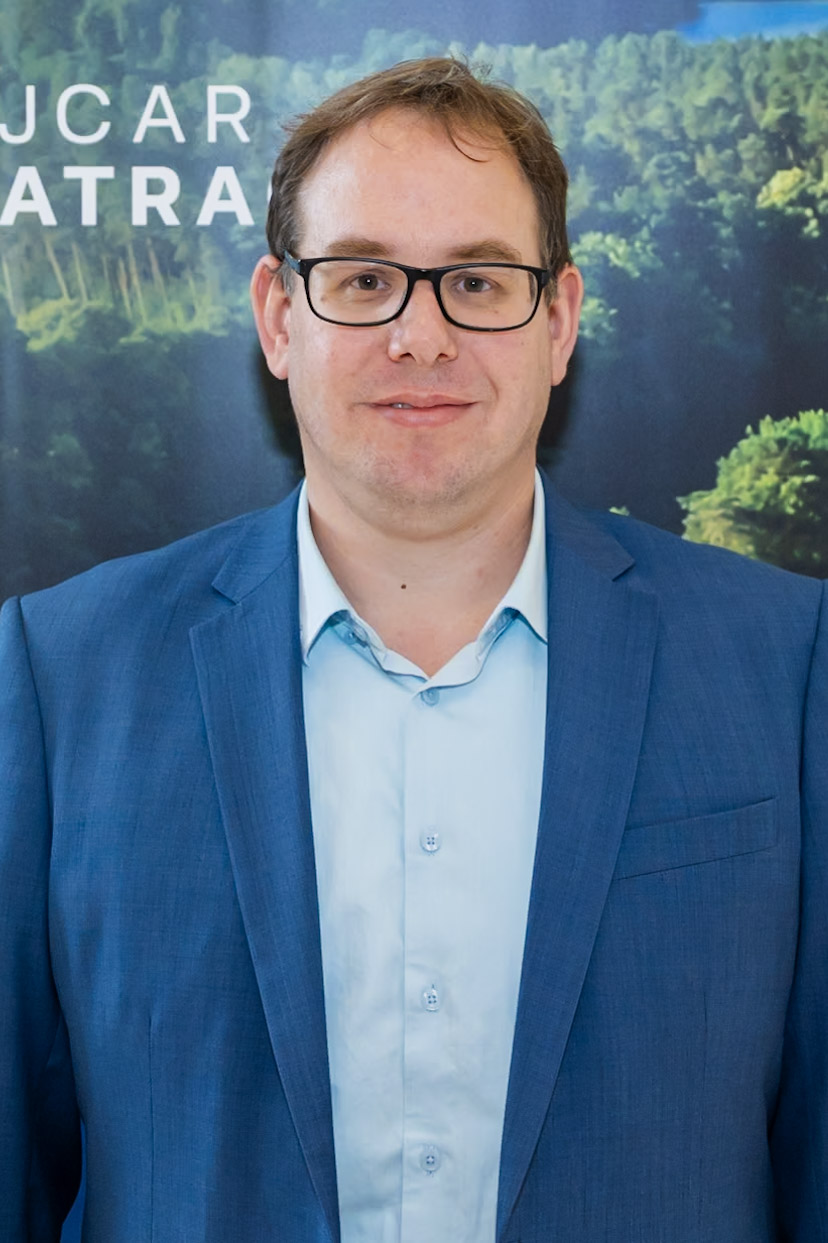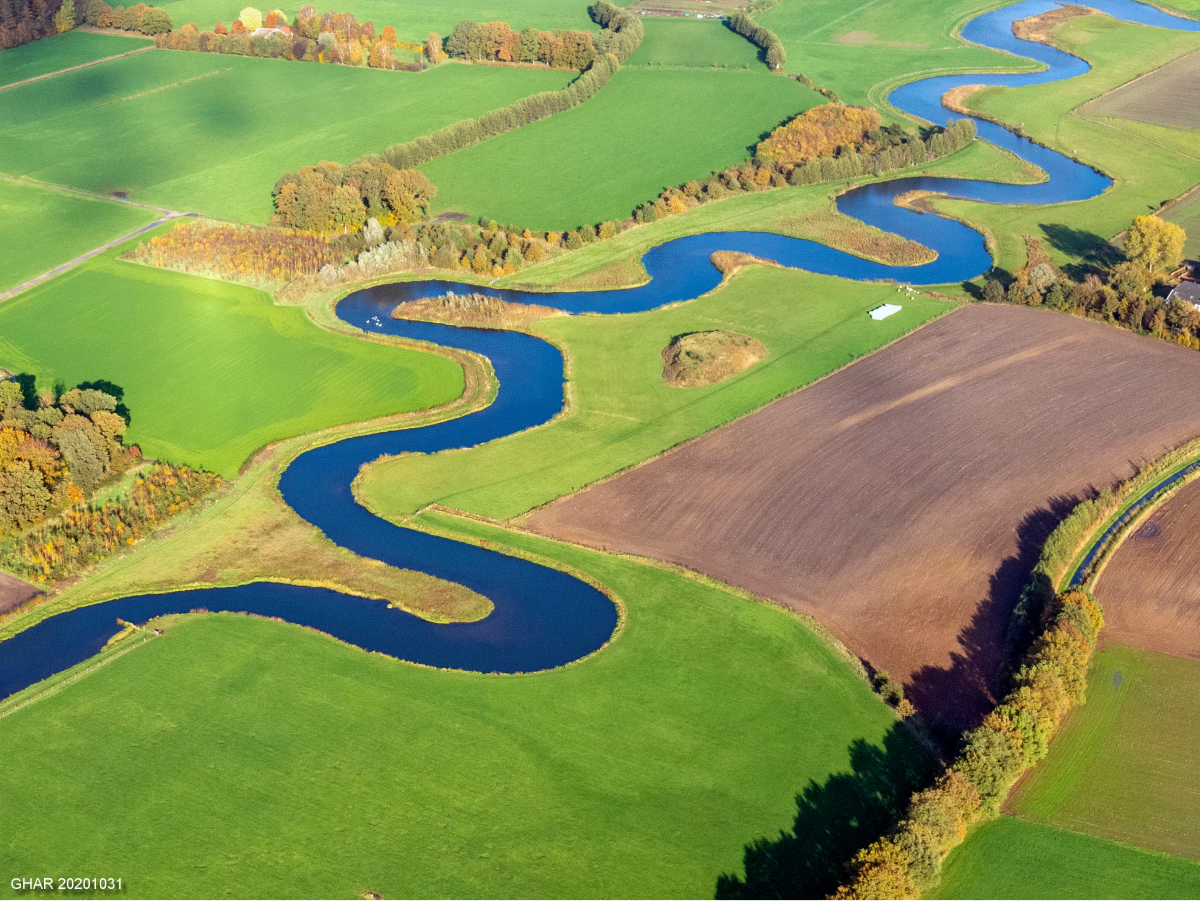interview with DR. Joachim Reichert
Science meets policy-making at the Rurtalsperre
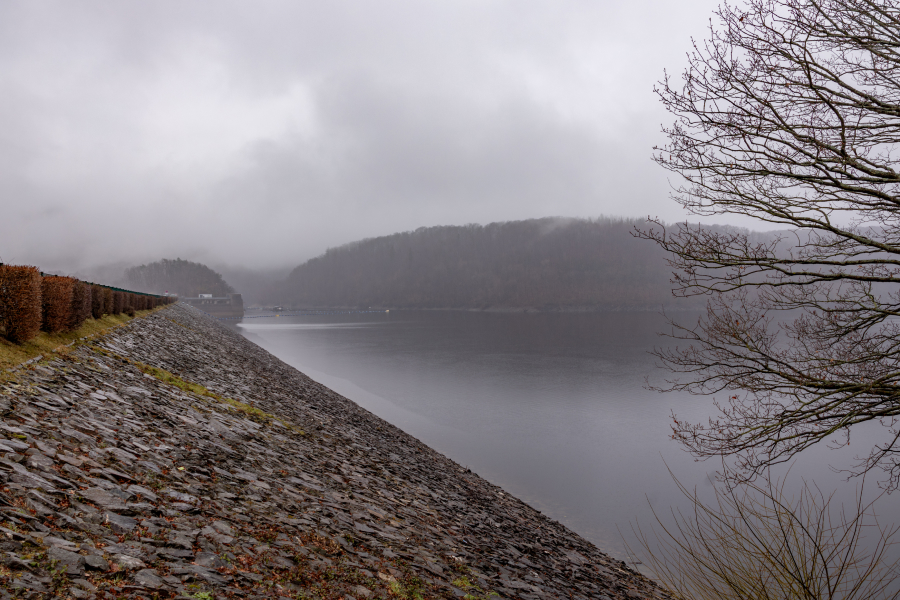
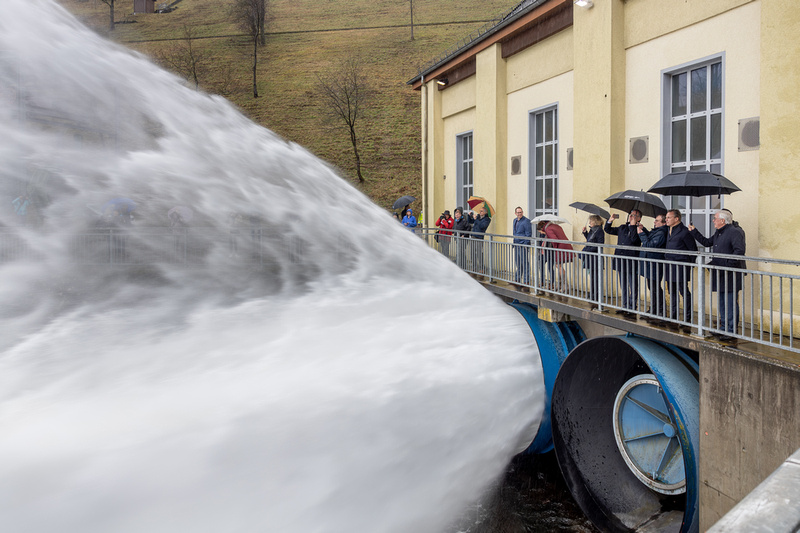
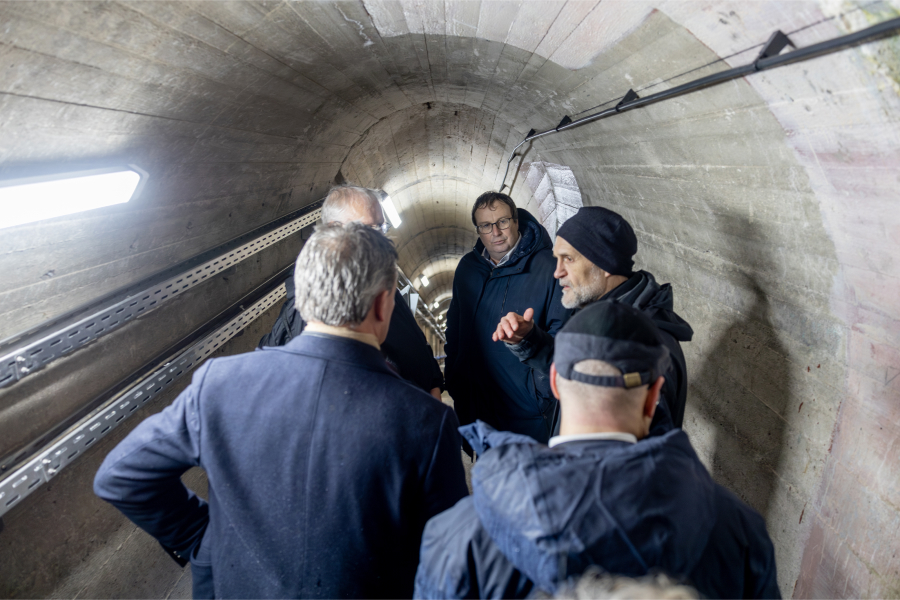

On the 7th of February 2024, representatives of the JCAR ATRACE team participated at the expert workshop at the Rurtalsperre, Germany’s second largest dam by volume, located in the state of North Rhine-Westphalia. This event served to revisit the disastrous floods of July 2021, which were caused by intense rainfall and cost the lives of almost 250 people, and find grounds for transborder cooperation.
Dr. Joachim Reichert, director of Wasserverband Eifel-Rur and moderator of the event gave an opening speech in the presence of the Dutch Minister of Infrastructure and Water Management, Mark Harbers, and the Minister for the Environment, Nature Conservation and Transport of North Rhine-Westphalia, Oliver Krischer.

director of Wasserverband Eifel-Rur
Dr. Joachim Reichert
Dr. Joachim Reichert has been the head of the Eifel-Rur Water Association since 2017. He has a background in civil engineering and has extensive experience in water management, including serving as department head for wastewater systems. His educational background includes a civil engineering degree from the RWTH in Aachen and a doctorate in the field of wastewater with a dissertation on oxygen input to sewage treatment plants.
In 2010 he moved to Berliner Wasserbetriebe as head of the planning and construction department. When he moved to the Eifel-Rur water association in 2018, he took over responsibility for holistic and integrated water management in the Eifel-Rur association area as board member of the WVER. In March 2022, Reichert was re-elected as director of the association for a further five years.
We spoke with Dr. Reichert to hear more about the main objectives of the expert workshop at the Rurtalsperre:
One of the main objectives was certainly to familiarise the German and Dutch water management institutions with each other and to broaden our network. In particular, we aimed to involve the ministerial level. This was definitely an excellent opportunity for the ministers to discuss collaboration in the field of water management. In our view, creating an understanding of the challenges water management will face in the future is the start of an important development. The water industry, especially the drinking water supply in the Roermond area, depends to a large extent on the Rur in summer, which in some cases accounts for up to 25% of the total demand.”
„We also explained the functioning of the WVER reservoir system. The reservoirs are of central importance for overall management of our water system. They enable us to complement the low flow in summer and ensures that floods can be accommodated. By coordinating, we can understand what can be done on the German side and get a better grip than before on the flood situation in the Netherlands. We discussed that it might be possible to build the dykes in the Netherlands 20 centimetres lower if more water is held back on the German side. This potential has also been discussed, since it holds as much importance as the structural changes in this region. We all know that the Inden open pit mine will be filled in the future, mainly with water from the Rur. In total, over 300 million cubic metres of water will have to be directed into this open-cast mine. Of course, it must be ensured that there is always enough water available on the Dutch side.”
Dr. Reichert explains what he considers as the most important outcomes of this workshop:
“One of the main outcomes was that the Dutch side became aware of the importance of the dam system during this flood disaster in 2021: without the reservoir system, around 1,000 cubic metres of water or more per second would have flowed through the Rur, which would have added to the flood in the Meuse. The effect is difficult to imagine. We have reduced the discharge to less than 400 cubic metres per second. In this respect, our reservoir system is a very, very important element, because it consists of very large dams that can be used to protect downstream users. The 400 cubic metres of water per second, that accumulated at the state border in 2021, came mainly from the unregulated areas for which there are currently no dams. During the workshop we also discussed the options we envisage for getting these unregulated tributaries under control. Measures include flood retention basins, lateral detention basins (so-called polder areas), and the usage of the open pit mine relict lake Inden. With these findings, we have created interest on the Dutch side and have started the dialogue. We have also emphasized that our reservoir system is very well suited and equipped for climate change.”
“At the moment, the probability of spillways being activated due to high water volumes is approximately once in 200 years. Climate change will reduce this return interval. We must expect that the spillways will become active every 20 to 50 years. This means that the probability of large discharges from our reservoirs will increase. In this regard, we also discussed what we can do to mitigate these effects to some extent. Water management must address the river catchment as a whole. Floods do not stop at the border, and they affect our region, too. We stressed this very clearly once again at this conference. During his visit to the Rur dam, Minister Harbers said: "We are very happy that this reservoir system has also saved the Netherlands". We appreciated this awareness very much, and it is moreover very encouraging that future challenges can be tackled together.”
“We need to consider what would happen if even more extreme events were to occur. It will probably mean that we will have to apply measures that take decades before they become effective. An example is the creation of large detention areas (polders) that are used for agriculture under regular conditions and can be flooded during extreme flood events to dampen the flood peak. We also discussed whether it is possible to create additional reservoirs upstream of the existing dam system, which would further relieve the dams and thus reduce the probability of spillway release. The construction of additional retention basins or perhaps even a new dam would be considerable. The other point for which we need to find a long-term solution is how we manage our reservoirs in summer, especially during low water. For example, how long can we keep a discharge at a certain level? These are fundamental discussions that need to be held and this is another exciting task.”
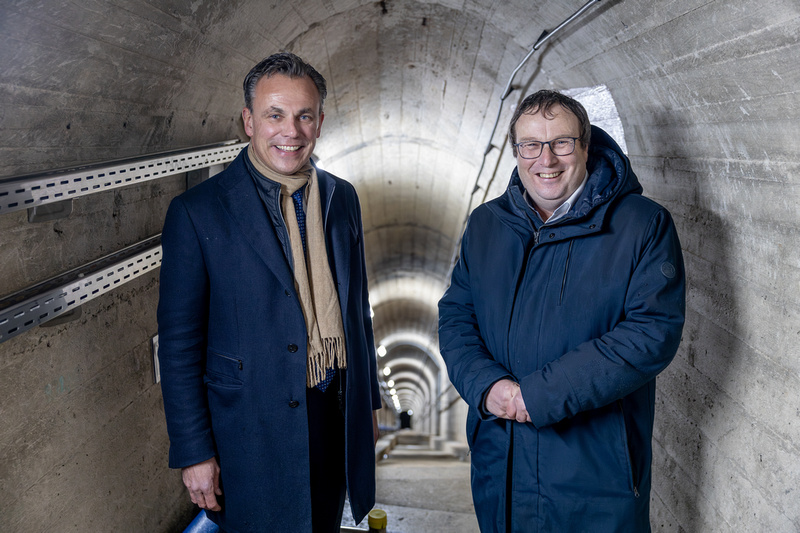

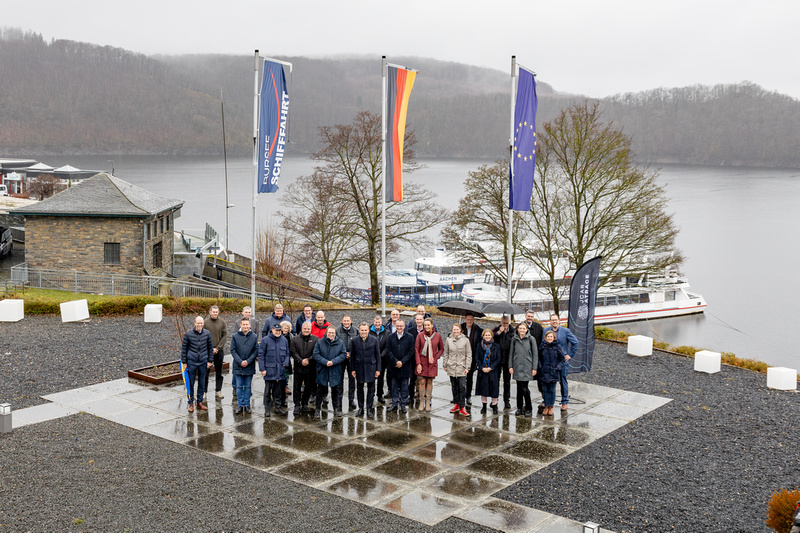
Dr. Reichert also stresses the added value of JCAR ATRACE transborder cooperation:
“The added value of JCAR ATRACE lies in the fact that many of the most renowned universities from various countries are involved. I can stress that this network within the water sector will become much closer. We will learn a lot from each other. For example, we will compare the Dutch approaches to predicting runoff with ours, and we will also consider how information can be exchanged in real time such that it can be used by simulation models. As a result, we will develop solutions together. The great hope is that this network will grow even stronger as a result. At the same time, we also have very specific, indeed exciting questions that we need to answer now and here. One is to determine how the reservoirs and the river system react to an even more severe event.
To answer this question, we will carry out a stress test on the Rur. This includes carrying out flood wave calculations and simulations. In addition, we must also address cross-border flood risks. One very relevant question is the extent to which it is possible to compensate WVER's monetary expenses with regard to the benefits that accrue to downstream users. It should be possible to develop a legal framework that creates balanced rights and obligations between upstream and downstream riparian. The contribution paid by members of WVER is based on this principle. WVER is not a profit-orientated association, it works for the benefit of its members, and the members share the costs. Fair compensation must be achieved between drinking water suppliers, industrial water users, and requirements of flood protection. It makes sense to include the Netherlands here in order to minimize overall expenses for flood protection. The aspects of compensation might also be addressed within the framework of JCAR ATRACE.”
“Our basic conviction is that we want to ensure the overall high quality of our work: under the general conditions of climate change on the one hand and structural change on the other. At this point, we are particularly pleased with the excellent cooperation with our partners, Waterschap Limburg especially of course. We also work closely with the waterworks on the Meuse and exchange ideas with them. A great network has been created - we meet regularly and we are aware of each other. It makes me really happy to see that this is also recognized by the political decision makers.”
